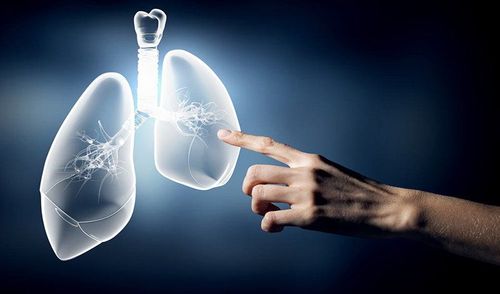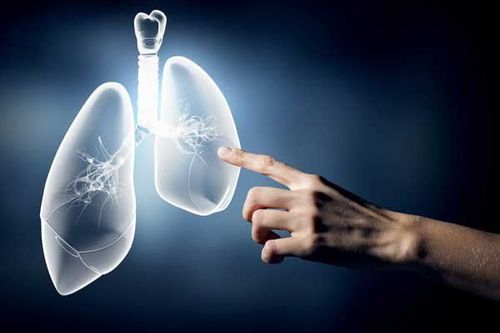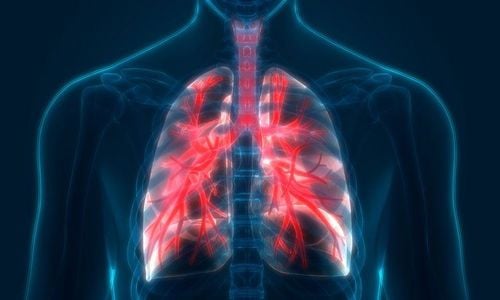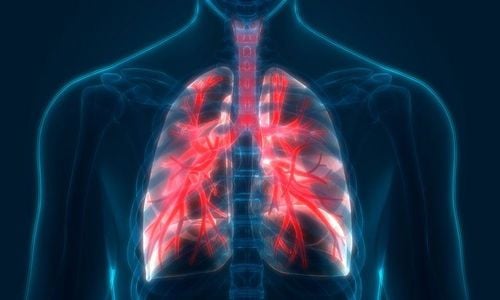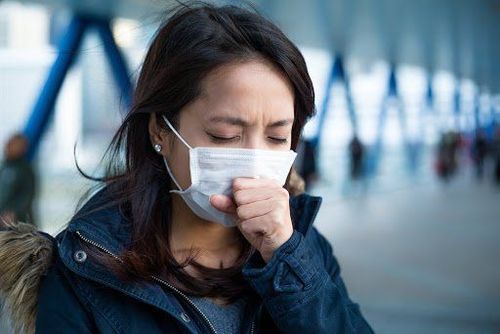This is an automatically translated article.
Cystometry is a method of measuring total lung capacity that uses a body volume chamber. Body mass measurement is used to confirm restrictive ventilation and differentiate those with dysventilation.
1. What is body mass measurement?
Body volume measurement, also known as spirometry, is a method of measuring total lung capacity using a body volume measurement chamber, for the purpose of exploring lung ventilation.
The advantages of spirometry include:
Fast measurement time Gives results unaffected by ventilation Patient does not have to breathe gas or be exposed to radiation To conduct spirometry The patient will be asked to close the mouthpiece, and follow the medical staff's orders such as breathing evenly, inhaling as slowly as possible, then exhaling slowly, and finally exhaling as hard as possible. If the patient has restrictive ventilation disorder, the results will be:
Total lung capacity (TLC) <80% Mild restrictive ventilation disorder: TLC 65-80% Moderate restrictive ventilation disorder: TLC 50-64% Severe restrictive ventilation disorder: TLC <50%
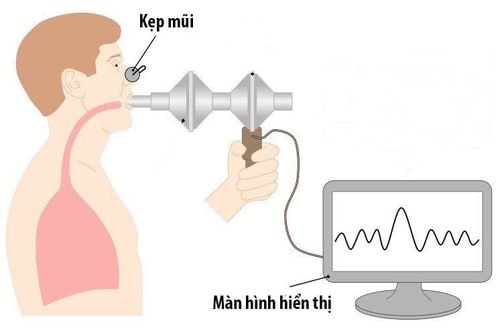
Người bệnh đo thể tích ký thân bằng máy theo hướng dẫn của kỹ thuật viên
2. Purpose of measuring body mass
Body volume measurement is a method of measuring the volume of whole lungs, indicated when there is abnormal breathing. The purpose of body weight measurement includes:
Diagnosis of restrictive lung disease Distinguishing obstructive and restrictive syndrome Evaluation of respiratory diseases such as: Obstructive lung disease, airway resistance,... Monitoring Disease progression and response to treatment Evaluation after pneumonectomy
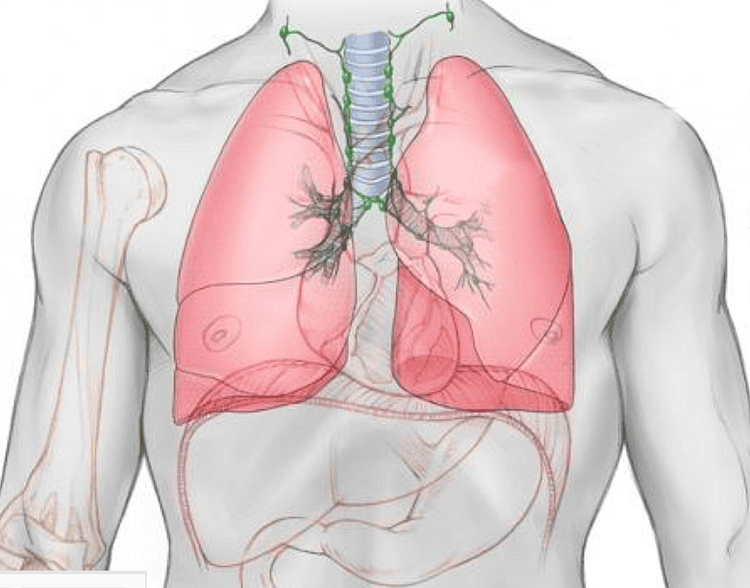
Bệnh nhân được chỉ định đo thể tích ký thân khi có bất thường về hô hấp
3. Body mass measurement is indicated and contraindicated in what cases?
3.1 Indications Body weight measurement is indicated in the following cases:
When the patient has symptoms of cough, shortness of breath, wheezing, prolonged cough, antibiotic treatment is not effective. On examination, the patient noticed a barrel-shaped chest or chest deformity, rales, crackles. Laboratory tests: Hypercoaemia, hypoxemia, polycythemia vera. X-ray shows emphysema. Monitor for neurological diseases: Myasthenia gravis, H/c Guillain-Barre, diffuse myelitis. Effects of other diseases on the respiratory tract: Lupus erythematosus, scleroderma, cardiovascular disease, polyarthritis .. Monitoring the effectiveness of methods of disease prevention and treatment (physical therapy, Rehabilitation). Assessment of injuries, impaired respiratory function. Monitor the influence of the environment causing occupational lung disease, radiation therapy or toxic drugs to the respiratory tract. Assess respiratory function before thoracic and abdominal surgery and evaluate outcomes after airway surgery. Screening for high-risk subjects: smoking, exposure to polluted air.

Những người thường xuyên hút thuốc cần được tầm soát định kỳ
3.2 Contraindications Contraindicated in the following cases:
Respiratory tract infections: Tuberculosis, pneumonia. Hemoptysis of unknown cause. Pneumothorax. Unstable cardiovascular status. Myocardial infarction and cerebrovascular accident. In summary, body mass measurement is a method of measuring total lung capacity, with the aim of diagnosing, differentiating and evaluating respiratory diseases such as: obstructive, restrictive or mixed lung disease, syndrome obstruction and limitation, airway resistance, etc. In addition, it also plays a role in the post-pneumonectomy assessment and medical evaluation.
Any questions that need to be answered by a specialist doctor as well as customers wishing to be examined and treated at Vinmec International General Hospital, you can contact Vinmec Health System nationwide or register online HERE.
MORE
Respiratory Function Indicators What is a respiratory function test? What is the purpose of respiratory function measurement?




